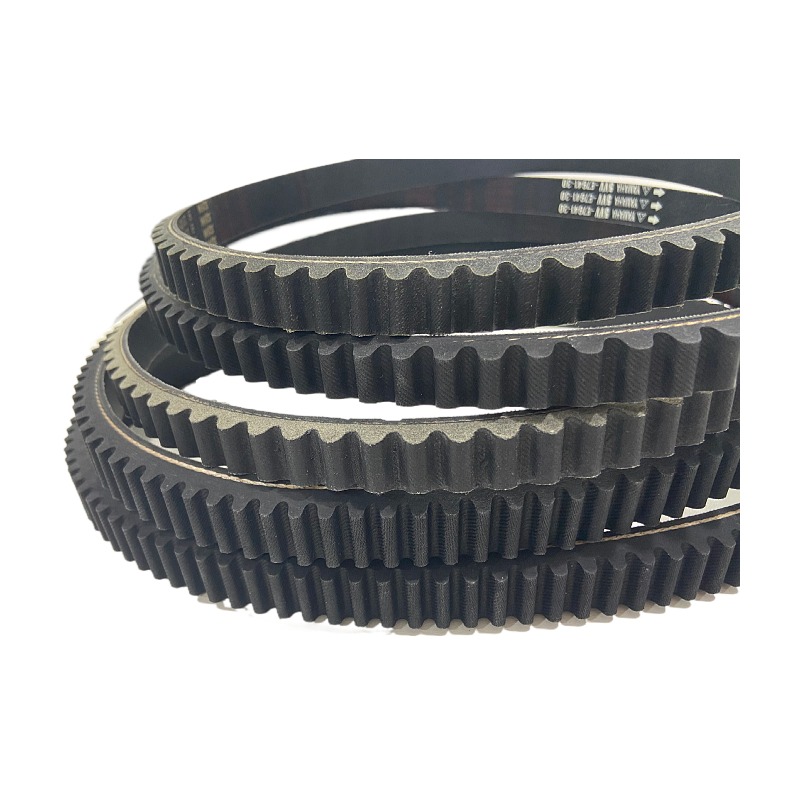- Arabic
- French
- Russian
- Spanish
- Portuguese
- Turkish
- Armenian
- English
- Albanian
- Amharic
- Azerbaijani
- Basque
- Belarusian
- Bengali
- Bosnian
- Bulgarian
- Catalan
- Cebuano
- Corsican
- Croatian
- Czech
- Danish
- Dutch
- Afrikaans
- Esperanto
- Estonian
- Finnish
- Frisian
- Galician
- Georgian
- German
- Greek
- Gujarati
- Haitian Creole
- hausa
- hawaiian
- Hebrew
- Hindi
- Miao
- Hungarian
- Icelandic
- igbo
- Indonesian
- irish
- Italian
- Japanese
- Javanese
- Kannada
- kazakh
- Khmer
- Rwandese
- Korean
- Kurdish
- Kyrgyz
- Lao
- Latin
- Latvian
- Lithuanian
- Luxembourgish
- Macedonian
- Malgashi
- Malay
- Malayalam
- Maltese
- Maori
- Marathi
- Mongolian
- Myanmar
- Nepali
- Norwegian
- Norwegian
- Occitan
- Pashto
- Persian
- Polish
- Punjabi
- Romanian
- Samoan
- Scottish Gaelic
- Serbian
- Sesotho
- Shona
- Sindhi
- Sinhala
- Slovak
- Slovenian
- Somali
- Sundanese
- Swahili
- Swedish
- Tagalog
- Tajik
- Tamil
- Tatar
- Telugu
- Thai
- Turkmen
- Ukrainian
- Urdu
- Uighur
- Uzbek
- Vietnamese
- Welsh
- Bantu
- Yiddish
- Yoruba
- Zulu
Nën . 25, 2024 13:44 Back to list
serpentine belt
Understanding the Serpentine Belt An Essential Component of Your Vehicle
The serpentine belt is a crucial part of modern automobile engines, playing a vital role in driving various engine components. Understanding its function, maintenance, and replacement can save car owners time and money, while ensuring optimal vehicle performance.
What is a Serpentine Belt?
The serpentine belt is a long, winding belt that routes through various accessories in the engine bay. Unlike older vehicles that often use multiple belts for different components, the serpentine belt combines these into a single continuous belt. This design simplifies wear and tear while enhancing efficiency. Typically made from rubber, serpentine belts are reinforced with fibers to improve durability and performance. They are engineered to withstand high temperatures and friction, making them reliable even under strenuous conditions.
Functionality and Components
The primary function of the serpentine belt is to transfer power from the engine's crankshaft to various accessories including
- Alternator Generates electricity for the vehicle’s electrical system and charges the battery. - Power Steering Pump Helps in steering the vehicle by providing hydraulic pressure. - Water Pump Circulates coolant through the engine, maintaining an optimal temperature. - Air Conditioning Compressor Powers the air conditioning system, ensuring passenger comfort.
The serpentine belt ensures that all these components operate efficiently, enhancing the overall performance of the vehicle while also contributing to fuel efficiency.
Signs of Wear and Tear
Like any component in a vehicle, the serpentine belt can wear out over time. Regular inspection is essential to identify any issues before they lead to a breakdown. Common signs of a failing serpentine belt include
- Squeaking or Chirping Noises Often indicates that the belt is worn or that there is an issue with one of the components it drives. - Cracks or Fraying Visible damage on the belt itself suggests it may need replacement soon. - Engine Overheating If the water pump is not functioning properly due to a failing belt, the engine may overheat. - Loss of Power Steering If the power steering pump is not being driven, steering can become difficult.
Maintenance Tips
To prolong the life of the serpentine belt, regular maintenance is key. Here are some tips
serpentine belt

1. Visual Inspections Regularly check for signs of wear, such as cracks, fraying, or glazing (a shiny, hardened surface). 2. Listen for Noises Be attentive to any changes in sound when you start your vehicle or while driving.
3. Check Tension A properly tensioned belt is crucial. If it’s too loose or too tight, it can lead to premature wear.
4. Follow Manufacturer Recommendations Adhere to the maintenance schedule recommended in your vehicle’s owner manual. Most manufacturers will suggest inspecting and potentially replacing the serpentine belt every 60,000 to 100,000 miles.
Replacement Process
If you do notice signs of wear or hear unusual noises, replacing the serpentine belt is imperative. The replacement process can typically be completed in a few steps
1. Safety First Ensure the vehicle is off, and the keys are removed from the ignition. 2. Access the Belt Depending on your vehicle, this may require removing some engine covers or components.
3. Remove the Belt Use a wrench to relieve tension on the belt tensioner, allowing you to slide the belt off the pulleys.
4. Install the New Belt Follow the routing diagram often found on a sticker under the hood or in the owner’s manual to ensure proper installation.
5. Check Tension Ensure the new belt has the correct tension and is aligned properly.
6. Test the System Start the engine and check for any unusual noises and proper operation of the accessories.
Conclusion
The serpentine belt may be a small component, but its role in the overall functioning of your vehicle is significant. Regular maintenance, inspections, and timely replacements can help prevent larger issues and ensure smooth operation. By understanding its importance and caring for it properly, vehicle owners can enhance the longevity of their cars and enjoy a safer, more reliable driving experience.
-
Korean Auto Parts Timing Belt 24312-37500 For Hyundai/Kia
NewsMar.07,2025
-
7PK2300 90916-T2024 RIBBED BELT POLY V BELT PK BELT
NewsMar.07,2025
-
Chinese Auto Belt Factory 310-2M-22 For BMW/Mercedes-Benz
NewsMar.07,2025
-
Chinese Auto Belt Factory 310-2M-22 For BMW/Mercedes-Benz
NewsMar.07,2025
-
90916-02660 PK Belt 6PK1680 For Toyota
NewsMar.07,2025
-
drive belt serpentine belt
NewsMar.07,2025

